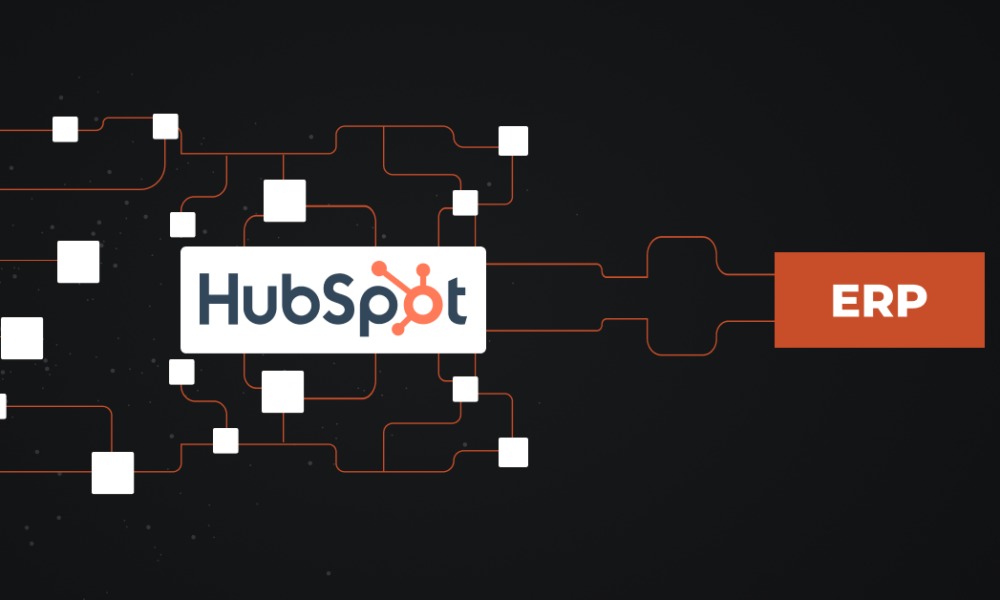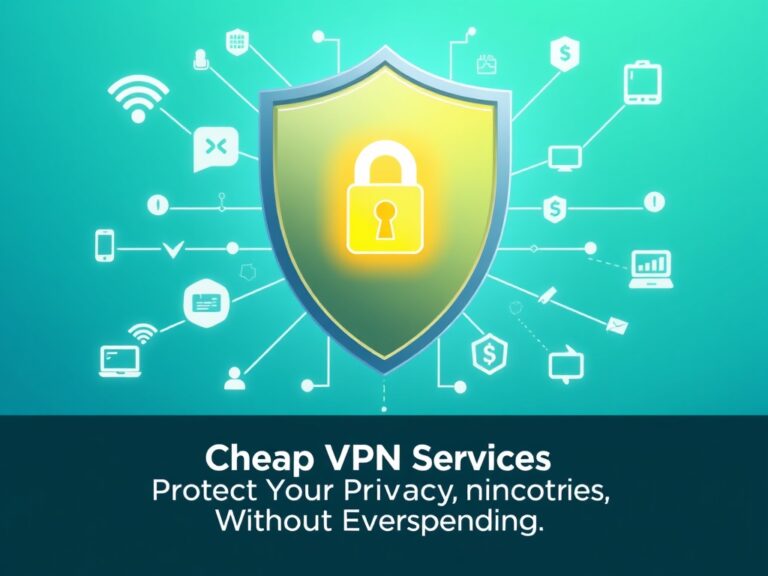HubSpot ERP Integration – Connecting CRM and Operations

Integrating your ERP system with HubSpot allows sales, marketing, finance and operations teams to work from a unified source of truth. Whether you’re managing supply chain processes or tracking customer interactions, HubSpot ERP integration ensures data flows smoothly between systems.
For example, companies using solutions like HubSpot Shopify already experience the benefits of connecting their online store to CRM integrating ERP extends these efficiencies across the entire business.
Why HubSpot ERP Integration Matters
Modern businesses rely on both ERP and CRM platforms but without integration, data often exists in silos. HubSpot ERP integration:
- Eliminates manual data entry between systems
- Improves reporting accuracy
- Enables better customer experiences through real-time information
- Aligns marketing, sales and operations strategies
Key Benefits of HubSpot ERP Integration
1. Unified Customer and Operational Data
Integration ensures your sales team sees customer order history, payment status and inventory availability without switching platforms.
2. Enhanced Marketing Precision
Marketing campaigns can be personalized based on ERP data such as purchase frequency, product preferences or delivery timelines.
3. Streamlined Sales Processes
Sales representatives can quote faster and close deals more effectively with direct access to ERP data inside HubSpot.
4. Improved Inventory and Supply Chain Management
Real-time updates from ERP help prevent stock shortages or overstock situations.
5. Better Financial Insights
Syncing invoices, payment records and credit information between ERP and HubSpot improves forecasting and cash flow management.
How HubSpot ERP Integration Works
HubSpot ERP integration typically involves a middleware platform, API connections or a native connector. The process includes:
- Data Mapping – Define which ERP fields should sync with HubSpot properties.
- API or Connector Setup – Use HubSpot’s API, a pre-built app or custom development.
- Data Synchronization Rules – Decide on one-way or bi-directional sync based on business needs.
- Testing – Run a pilot sync to validate accuracy.
- Training & Adoption – Ensure all relevant teams understand the integrated workflow.
Popular ERP Systems to Integrate with HubSpot
- SAP – Ideal for enterprises with complex supply chains.
- Microsoft Dynamics 365 Business Central – Designed for SMBs and mid-market businesses.
- NetSuite – Cloud-based ERP for growing businesses.
- Odoo – Flexible open-source ERP option.
- Infor – Industry-specific ERP solution for manufacturing, retail and healthcare.
Implementation Best Practices
1. Start with Clear Objectives
Identify the problems you want integration to solve whether it’s reducing manual data entry, improving order tracking or enhancing customer support.
2. Clean Your Data First
Duplicate or outdated records can cause syncing errors. Perform a CRM and ERP data audit before integration.
3. Choose the Right Integration Method
Native apps from the HubSpot Marketplace may work for standard needs but complex workflows might require custom API development.
4. Test Before Going Live
Use a small dataset to confirm field mappings and synchronization frequency.
5. Train Your Teams
Ensure sales, marketing and operations understand how to access and use ERP data within HubSpot.
Challenges to Watch Out For
- Data Conflicts – When ERP and HubSpot have conflicting information.
- Complex Mapping – Certain ERP fields may not have direct CRM equivalents.
- System Downtime – Integration might require temporary suspension of syncing during maintenance.
Measuring Success After Integration
Post-integration, measure KPIs such as:
- Sales Cycle Time – Has integration shortened deal closure rates?
- Data Accuracy – Fewer manual entry errors and mismatched records.
- Order Processing Time – Faster approvals and fulfillment.
- Customer Retention Rate – Improved satisfaction through timely and accurate information.
Conclusion
HubSpot ERP integration isn’t just about connecting two systems, it’s about creating a single, intelligent platform for customer engagement and operational management. By ensuring your CRM and ERP share real-time data, you empower teams to make smarter, faster decisions.
If you’re considering integrating HubSpot with your ERP system, partnering with experts ensures the connection is configured for your business’s unique workflows, compliance requirements and growth objectives.
FAQs
1. What is HubSpot ERP integration?
It’s the process of connecting your ERP system with HubSpot CRM to synchronize customer, sales, financial and operational data.
2. Which ERP systems integrate with HubSpot?
Popular options include SAP, Microsoft Dynamics 365, NetSuite, Odoo and Infor.
3. Is HubSpot ERP integration suitable for small businesses?
A simple integration might take a few weeks, while complex ones could require several months.
4. How long does it take to integrate ERP with HubSpot?
A basic integration may take a few weeks, while more complex projects can take several months.
5. Can I integrate HubSpot ERP without coding?
Yes, many pre-built connectors in the HubSpot Marketplace allow no-code integration for common ERP platforms.


